Science and Christianity in Perspective
The questions about whether science and religions are compatible is never ending. This interesting article by
 .
.
Many Christian scientists today continue to place science in a larger theological context, while still keeping both ways of understanding reality in focus. In my view, no one has done this more effectively than John Polkinghorne, a former mathematical physicist at Cambridge who is now an Anglican theologian. Polkinghorne sees science and Christianity as ‘cousinly’ enterprises that are both trying to establish ‘motivated belief’. His recent book, Theology in the Context of Science, stresses the crucial point that larger questions of meaning and purpose go well beyond science – in other words, science cannot make sense of itself: why is science possible at all? The universe ‘is not only rationally transparent’, he argues, but also ‘rationally beautiful, rewarding scientists with the experience of wonder at the marvelous order which is revealed through the labours of their research’. The laws of nature ‘have a character that seems to point the enquirer beyond what science itself is capable of telling, making a materialist acceptance of them as unexplained brute facts an intellectually unsatisfying stance to take’ (pp. 90-91). The fact that science is possible at all ‘is not a mere happy accident, but it is a sign that the mind of the Creator lies behind the wonderful order that scientists are privileged to explore’ (p. 37). In short, ‘the activity of science is recognised to be an aspect of the imago dei’ (p. 13). This is a robust theism, and Polkinghorne gives it an explicitly Christian content. Recognizing that the Resurrection is ‘the pivot on which the claim of a unique and transcendent significance for Jesus must turn’ (p. 135), he searches for motivated belief in such an event, sifting carefully through the evidence to conclude (with N.T. Wright) that a genuine miracle is the best explanation for the stories of the empty tomb and the post-crucifixion appearances of Jesus.
read more
.






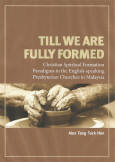
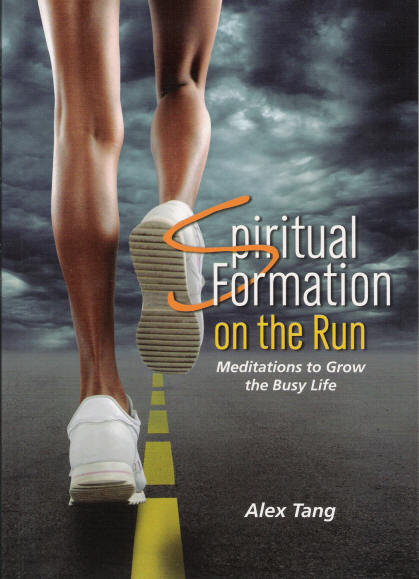
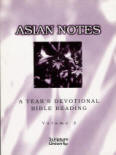
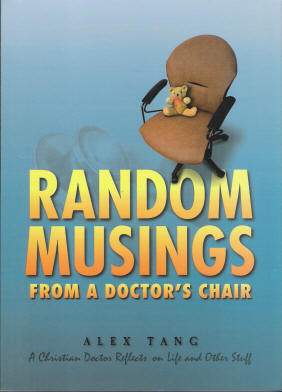

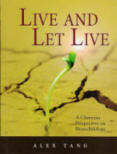

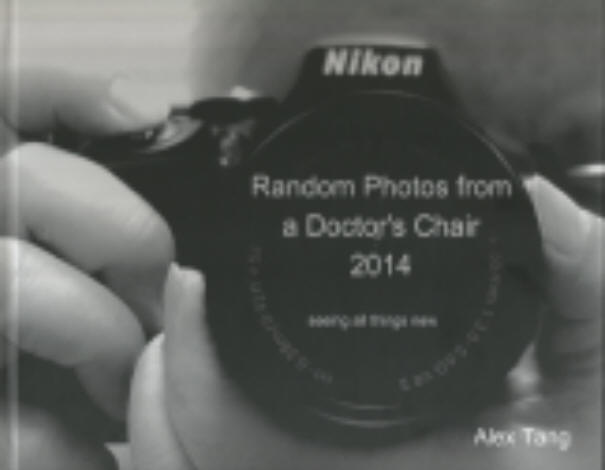
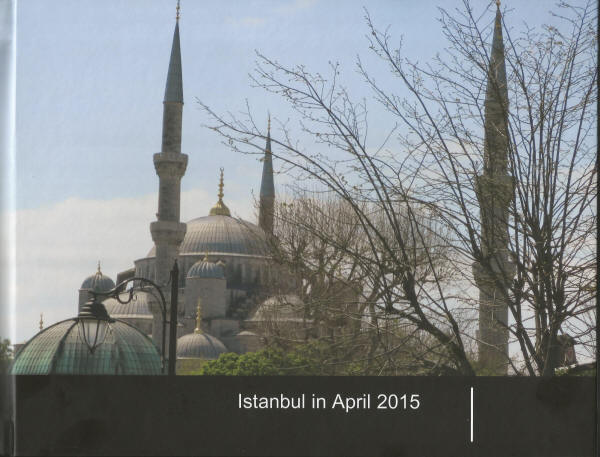
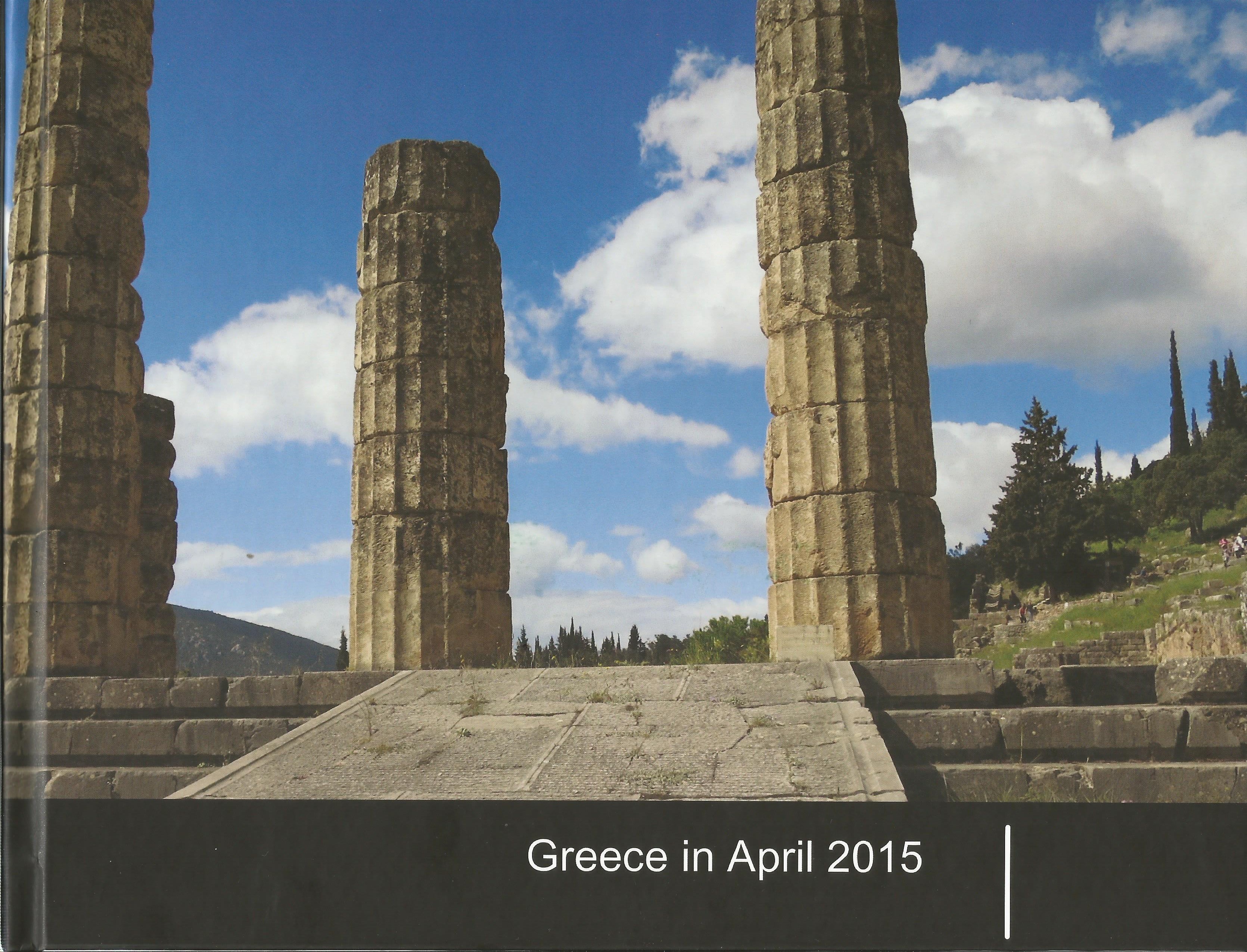
0 Comments:
Post a Comment
<< Home